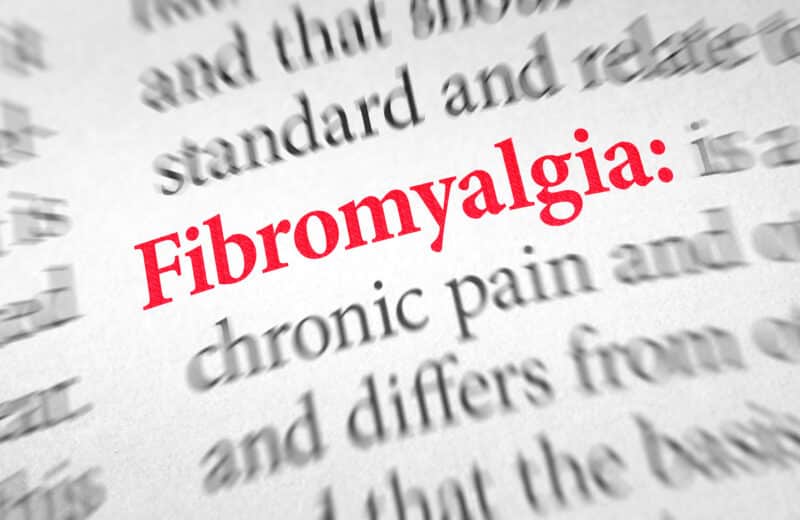Mayo Clinic Q&A
DEAR MAYO CLINIC: Is it always possible to figure out what causes a stroke? My husband had a stroke two months ago at the age of 38. He has mostly recovered now, but his doctors never pinpointed a cause. I want him to see a specialist to make sure that nothing else is wrong. Is that a good idea?
ANSWER: Doctors often can identify the cause of a stroke, but not always. Before deciding that the cause of a stroke can’t be found, however, people who have had a stroke should receive a detailed and comprehensive evaluation to investigate all potential causes. That’s particularly important in younger people, such as your husband. Your suggestion that he see a stroke specialist is a good one.
A stroke happens when the blood supply to part of the brain is interrupted or significantly reduced, depriving brain tissue of oxygen and nutrients and causing brain cells to die. There are two basic types of strokes. By far, the most common strokes are those caused as a result of blood clots in blood vessels of the brain. These are called ischemic strokes. The clots may form in other parts of the body and travel to the brain, or they can be due to narrowing of arteries in the brain that suddenly clot off and stop blood flow. A much less common, but no less severe, type of stroke is a result of bleeding into or around the brain. This is a hemorrhagic stroke.
When investigating the underlying cause of a stroke, doctors take a number of issues into consideration. Factors that can raise the risk for a stroke include aspects of a person’s lifestyle, such as being physically inactive, being overweight or obese, drinking heavily or smoking. Medical conditions can play a role in raising stroke risk, too. High blood pressure, high cholesterol, diabetes, a sleep disorder called chronic sleep apnea, and cardiovascular diseases (such as heart failure and abnormal heart rhythm) can all be contributing factors in the development of a stroke.
An evaluation after a stroke should include tests that can help identify the medical conditions that are common causes of stroke. The tests may include a brain CT or MRI scan, imaging tests of the heart and a variety of blood tests.
For someone like your husband who is younger than age 50, there are several additional conditions that may lead to a stroke that are uncommon in older adults, including certain autoimmune disorders, hypercoagulable states and metabolic disorders. An evaluation following a stroke in younger people needs to include a thorough assessment for these conditions, as well.
Because your husband’s exams so far have not uncovered the cause of his stroke, making an appointment to see a stroke specialist is a wise next step. If he seeks additional evaluation with a specialist and the specialist still cannot identify the source of the stroke, then it is reasonable to assume that the cause won’t be found. In that case, the stroke is labeled “cryptogenic,” and no further evaluation is pursued. About 30 percent of strokes fall into that category.
Even if no specific cause is identified, your husband can take steps to lower his risk of another stroke. They include exercising regularly, staying at a healthy weight, not smoking, drinking only moderate amounts of alcohol, keeping chronic medical conditions, such as diabetes, under control, and maintaining his blood pressure and cholesterol at healthy levels. — Maria Aguilar, M.D., Neurology, Mayo Clinic, Scottsdale, Ariz.
(Mayo Clinic Q & A is an educational resource and doesn’t replace regular medical care. E-mail a question to MayoClinicQ&A@mayo.edu. For more information, visit www.mayoclinic.org.)













